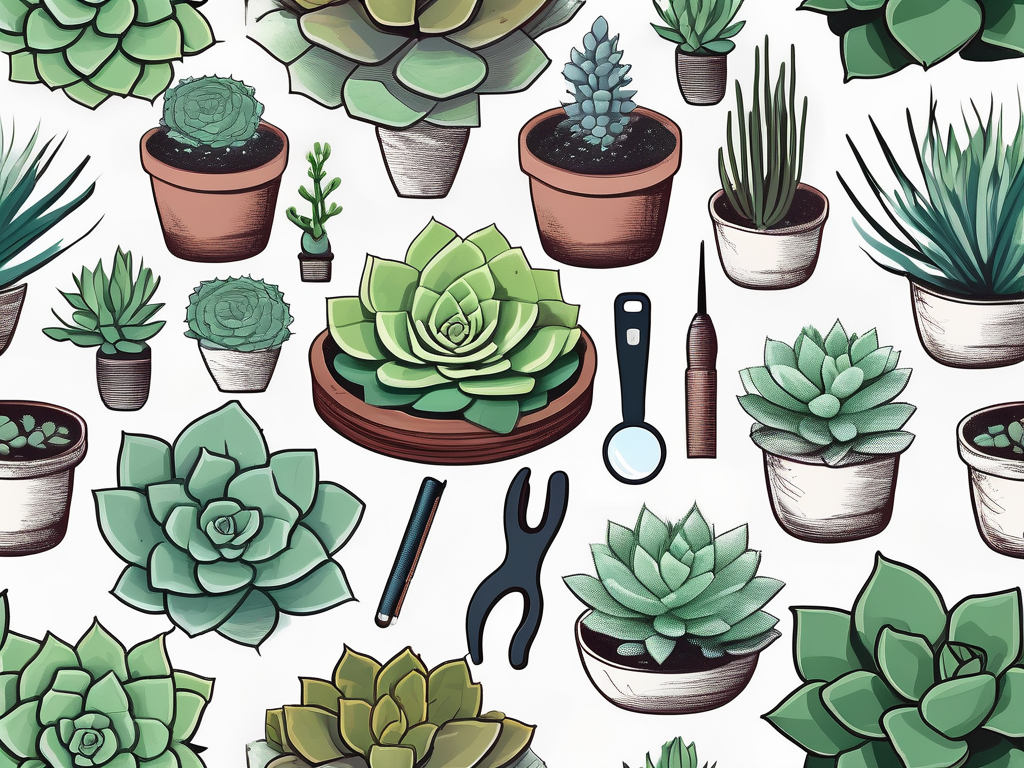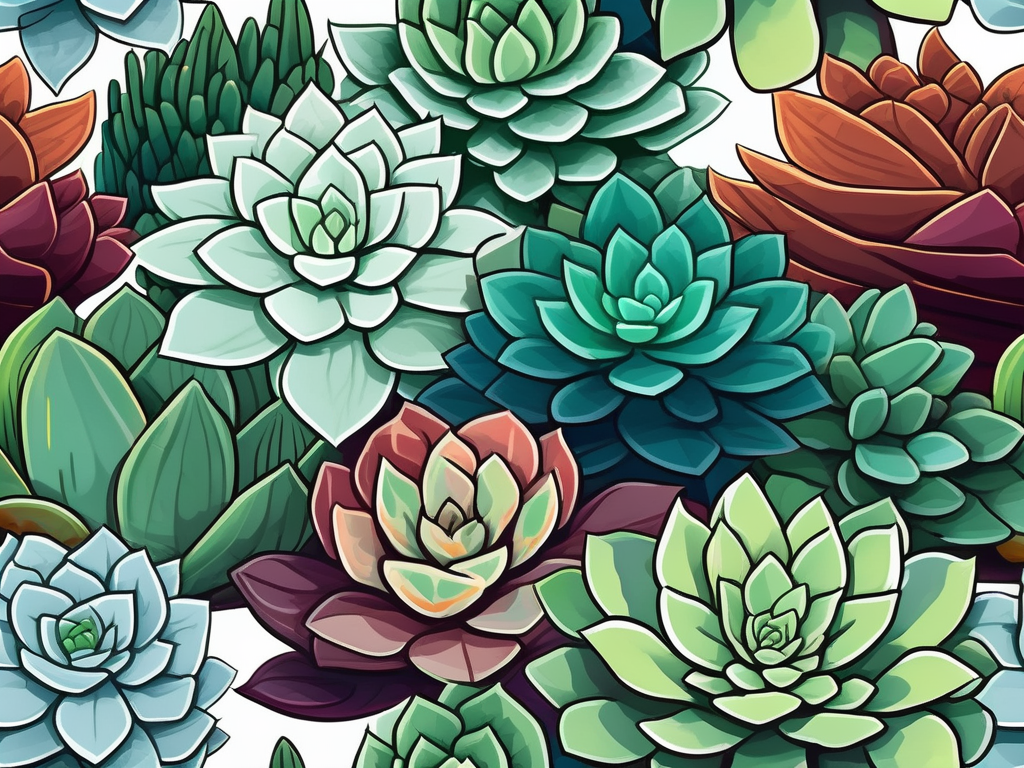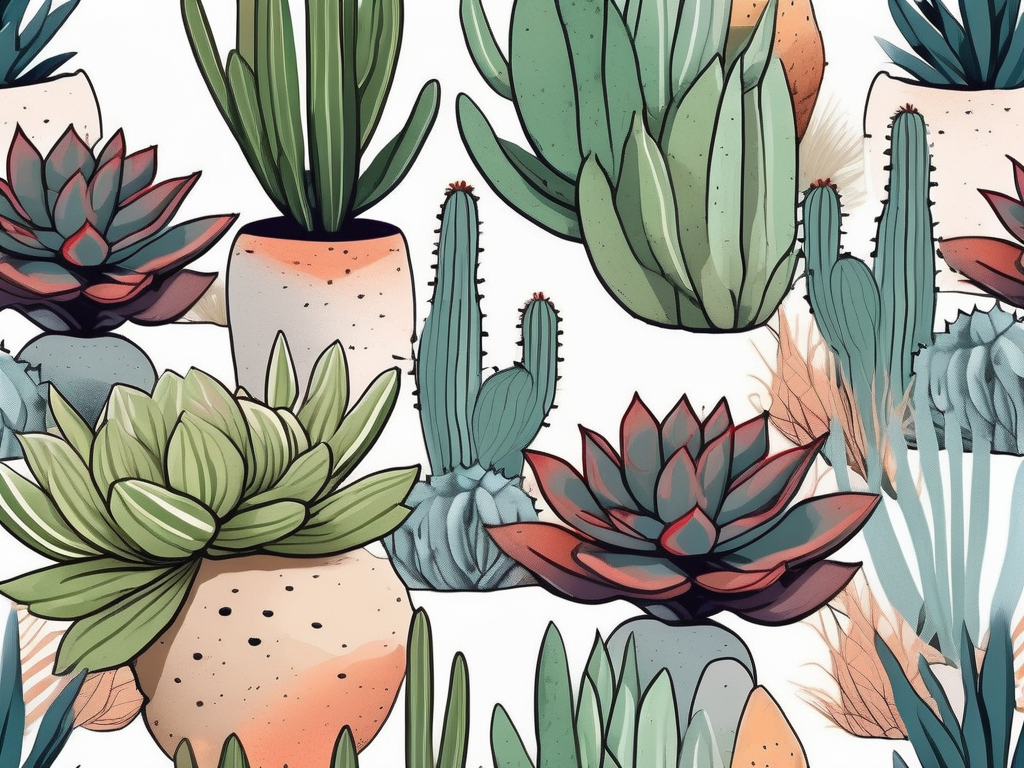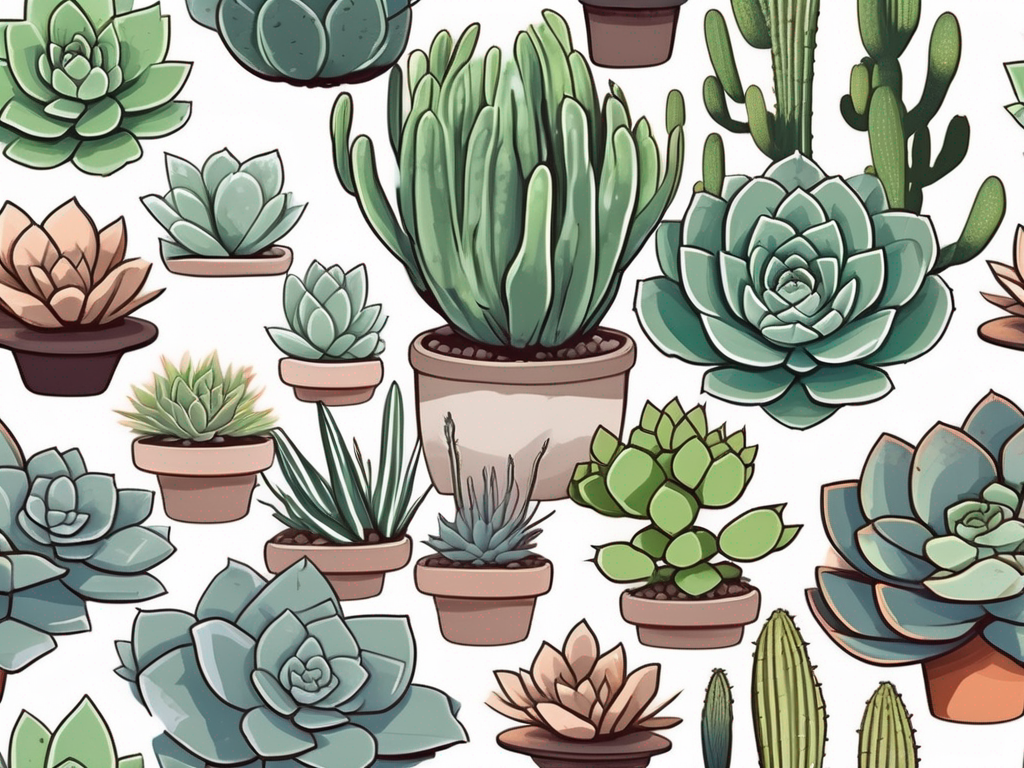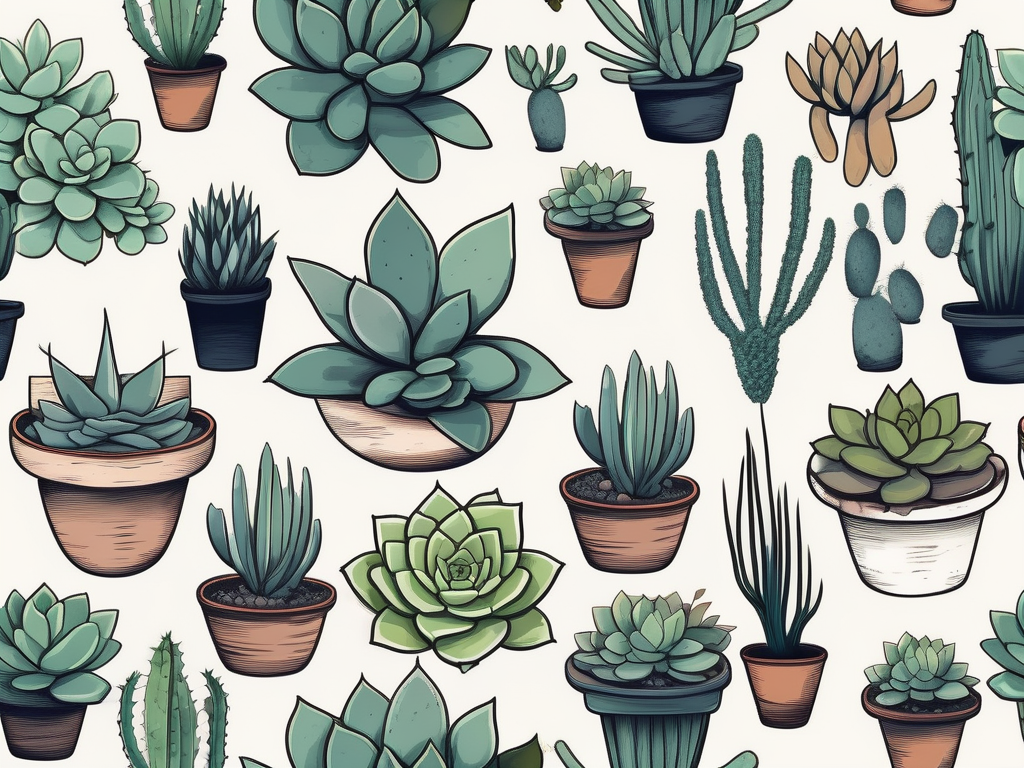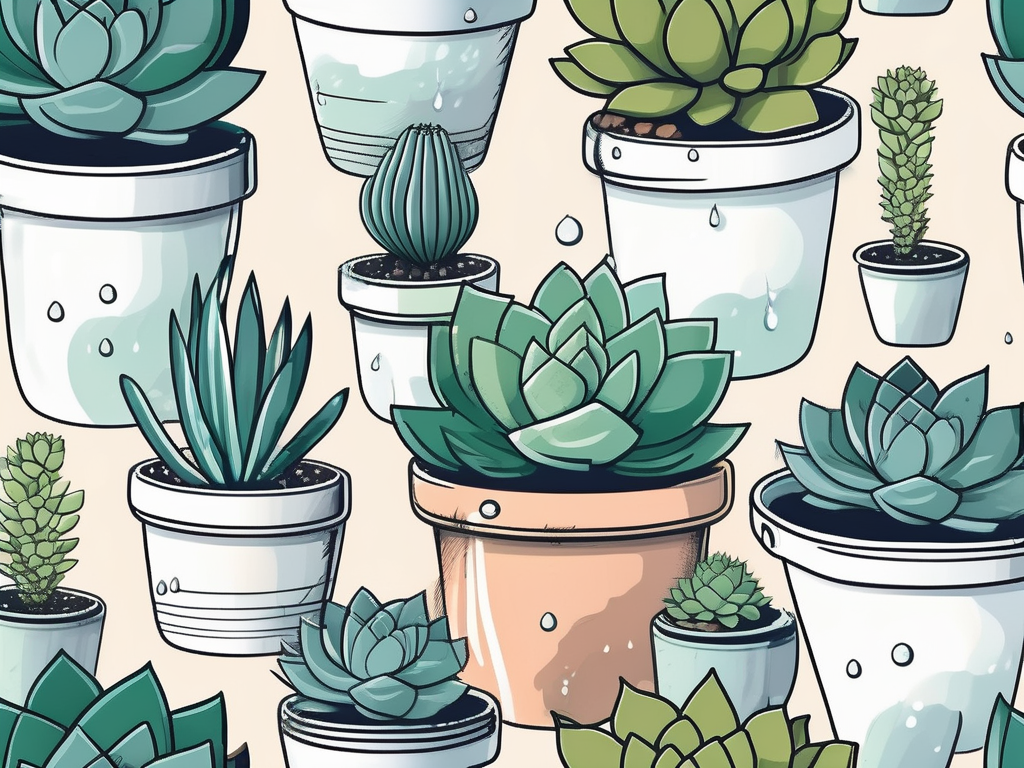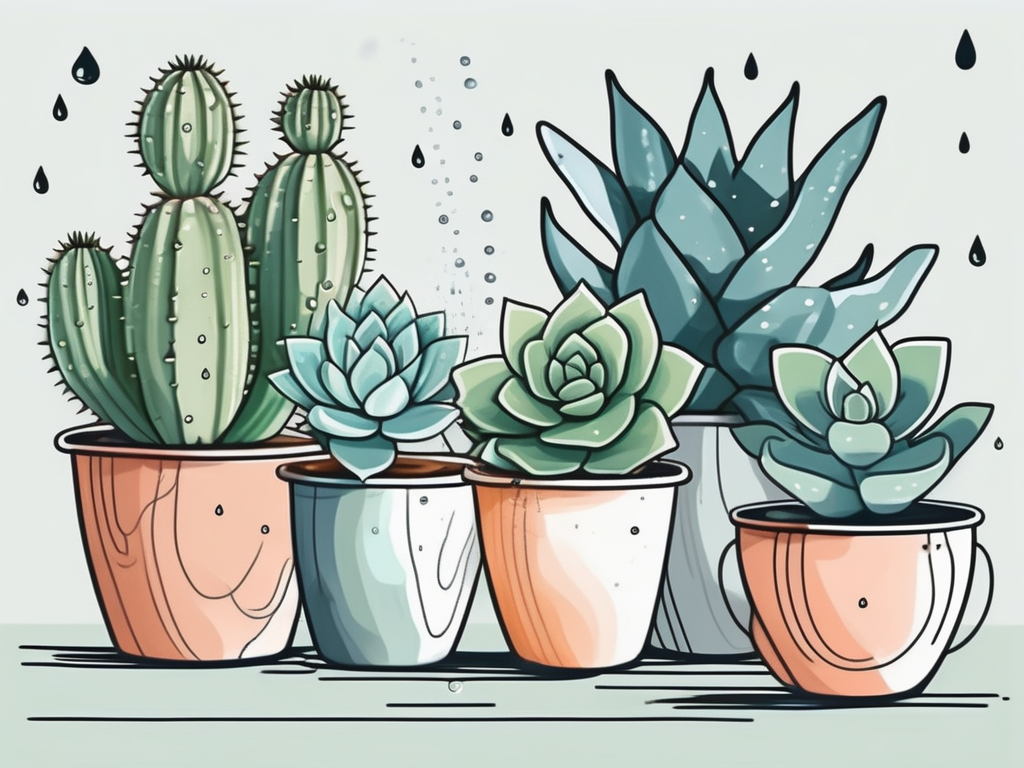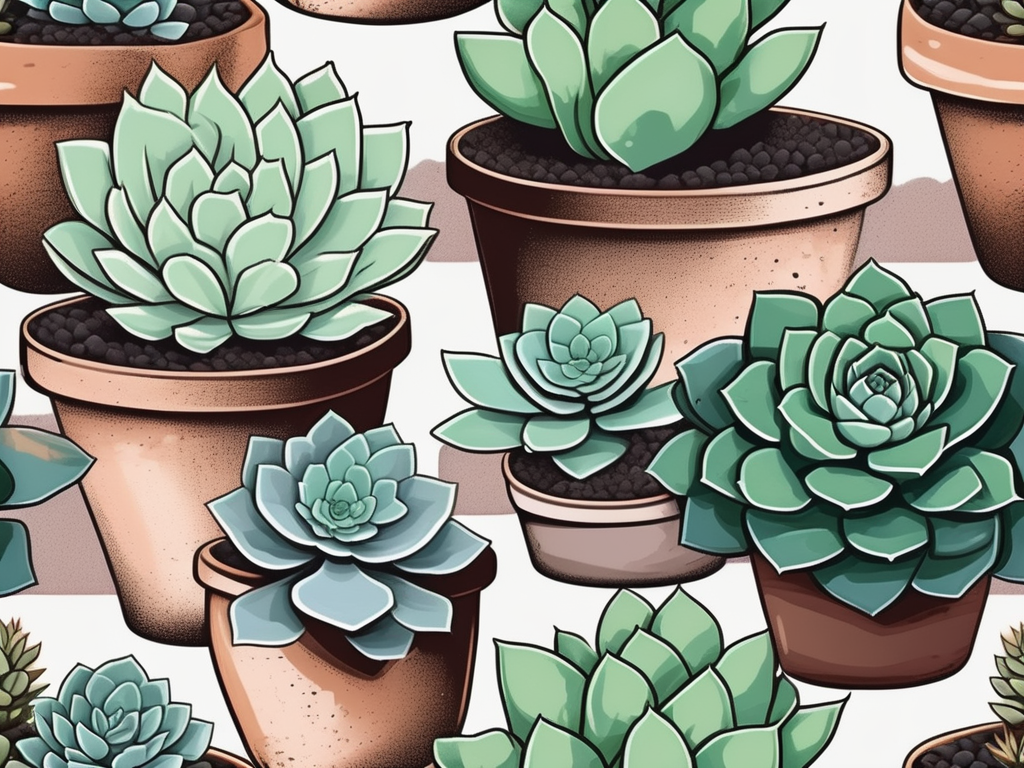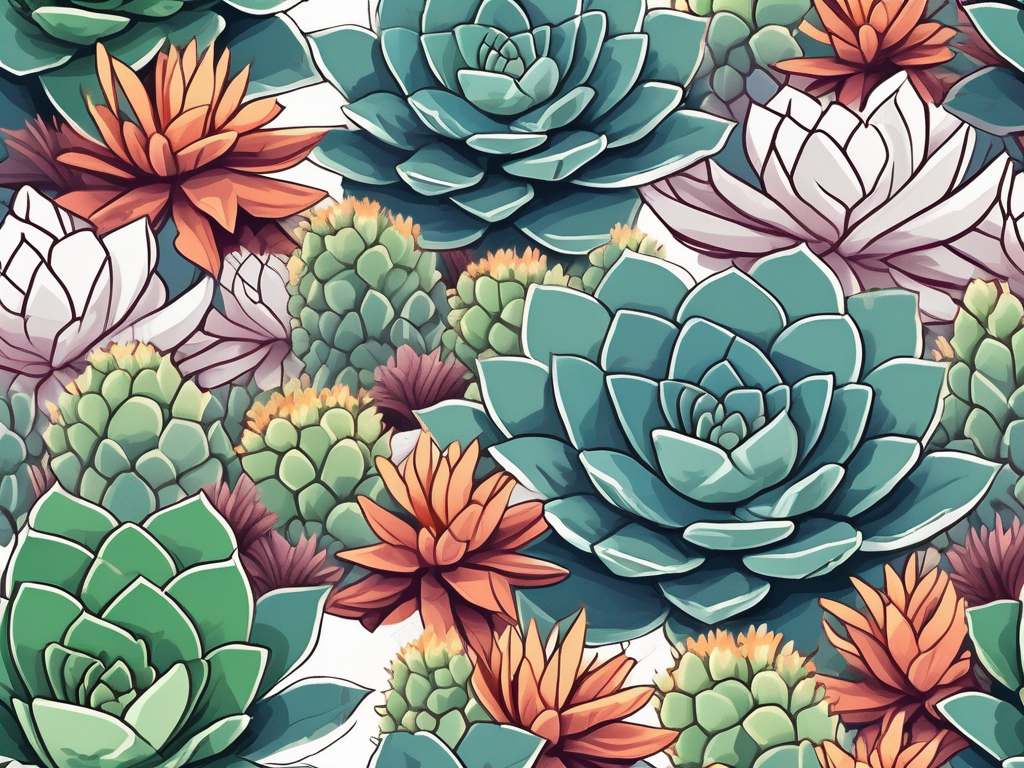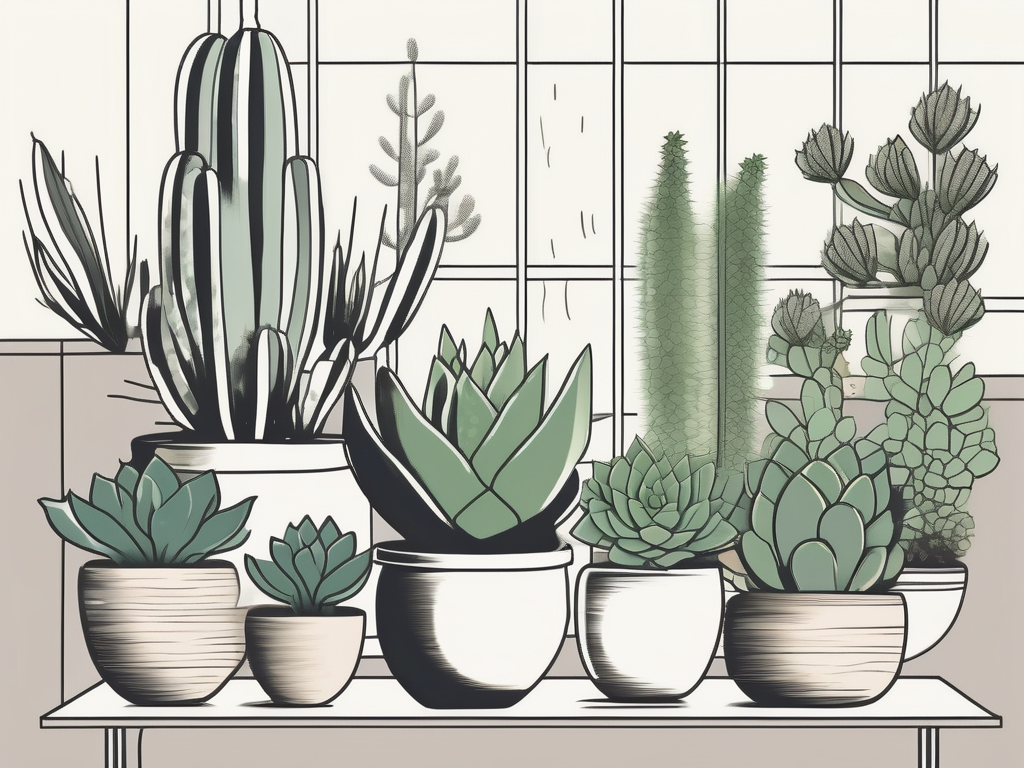
Have you ever wondered why succulents are such a favorite among plant people? It’s not just their quirky shapes and vibrant colors. One of the most fascinating aspects of these resilient plants lies beneath the surface: their roots. These roots are the unsung heroes, playing a vital role in the health and survival of succulents.
In this article, we’ll uncover the secrets of succulent roots, discussing why they matter and how they function. We’ll explore everything from their unique anatomy to tips for keeping them healthy, making sure your succulents thrive. So, grab your gardening gloves and let’s dig into the wonderful world of succulent roots!
The Unique Anatomy of Succulent Roots
Succulent roots are a bit of a wonder. Unlike many other plants, succulents have adapted to thrive in arid environments. This means their roots have developed some fascinating characteristics that help them survive in challenging conditions.
First, let's talk about their shallow root system. Succulents generally have roots that spread out horizontally rather than delving deep into the ground. This allows them to quickly absorb water from light rains or morning dew, which is often the only moisture available in their native habitats.
Another interesting feature is their ability to store water. Many succulents can actually swell up with water when it’s available, storing it in their roots for dry spells. It’s like having a built-in water tank right under the soil! This adaptation is crucial for survival in environments where water is scarce.
Lastly, succulent roots are efficient in nutrient uptake. While they may not delve deep, they’re incredibly effective at extracting nutrients from poor soil conditions. This efficiency means succulents can thrive even in seemingly inhospitable places.
The Role of Roots in Water Absorption
Water absorption is a critical function of any plant’s roots, but for succulents, it’s particularly fascinating. These plants have evolved to make the most out of minimal water sources, and their roots play a pivotal role in this process.
Imagine living in a desert where rainfall is a rare luxury. Succulents have mastered the art of quickly soaking up water when it becomes available. Their roots are adept at absorbing water rapidly, ensuring that not a drop is wasted. This is why it’s so important to water succulents appropriately. Overwatering can flood their roots, leading to rot, while underwatering can leave them parched.
To water your succulents effectively, consider the “soak and dry” method. This involves thoroughly watering the plant until water runs out of the drainage holes, then waiting for the soil to dry out completely before watering again. This mimics the natural rainfall patterns succulents are used to and supports healthy root function.
It's important to note that while succulents are drought-tolerant, they’re not desiccation-tolerant. This means they can survive without water for a while but will eventually suffer if left dry for too long. Finding the right balance is key to maintaining healthy roots.
Nutrient Uptake and Root Health
Nutrient uptake is another vital role performed by succulent roots. While succulents are hardy plants that can survive in nutrient-poor soils, they still need a certain amount of nutrients to thrive and grow.
Succulents absorb nutrients through their roots, which are transported to the rest of the plant. This process is crucial for their growth, flowering, and overall health. Ensuring that your succulents receive the right nutrients can make a big difference in their appearance and vitality.
One way to provide nutrients is by using a well-balanced, water-soluble fertilizer. A diluted fertilizer applied during the growing season can boost growth and improve the plant’s resilience. However, be cautious not to over-fertilize, as this can harm your succulents by causing salt build-up in the soil, which can damage the roots.
Regularly checking the soil and adjusting your care routine based on your succulent’s needs can help maintain root health. Healthy roots mean a healthy plant, and proper nutrient uptake is a significant part of that equation.
Potting and Soil: Creating the Perfect Environment
Creating the right environment for succulent roots is crucial for their health and growth. The soil and pot you choose can make or break your succulent’s root system.
Succulents need well-draining soil. Because their roots are adapted to absorb water quickly and efficiently, they can easily become waterlogged in heavy, dense soil. A cactus or succulent mix is often ideal, as it’s specially formulated to provide the right balance of drainage and nutrient retention.
When it comes to choosing a pot, ensure it has drainage holes. This allows excess water to escape, preventing the roots from sitting in water and potentially rotting. Terracotta pots are a popular choice among plant lovers because they’re porous and help wick moisture away from the soil, reducing the risk of overwatering.
If you're considering repotting your succulent, do so during its active growing season. This gives the plant time to recover and establish itself in its new environment. Be gentle when handling the roots, and avoid disturbing them more than necessary.
Signs of Root Problems
Succulent roots are generally low-maintenance, but like any plant, they can encounter problems. Knowing the warning signs of root issues can help you take action before it’s too late.
One common issue is root rot, often caused by overwatering. Symptoms include yellowing leaves, mushy stems, and a generally unhealthy appearance. The roots themselves may look brown or black and feel slimy to the touch.
Another problem is root binding, which occurs when a plant outgrows its pot. In this case, the roots form a dense mass, wrapping around each other and potentially strangling the plant. Signs include slowed growth, wilting, and roots emerging from the pot’s drainage holes.
If you suspect root problems, it may be time to repot your succulent. Remove the plant from its pot, gently loosen the roots, and trim away any damaged areas. Repot in fresh, well-draining soil, and adjust your watering schedule to prevent future issues.
Propagation: The Role of Roots in Growing New Plants
Succulents are not only beautiful but also incredibly easy to propagate, thanks in large part to their roots. Propagation is a fun and rewarding way to expand your plant collection or share with friends.
One popular method is leaf propagation. Gently twist off a healthy leaf from the mother plant, let it callous over for a few days, then place it on well-draining soil. The leaf will eventually sprout roots and a new plantlet, which can be transferred to its own pot once it’s established.
Stem cuttings are another way to propagate succulents. Cut a healthy stem from the plant, allow it to callous, and plant it in soil. The cutting will develop roots over time, and you’ll have a new succulent to enjoy.
Remember, patience is key with propagation. It can take several weeks or even months for new roots to form, but the result is well worth the wait. Plus, it’s an excellent way to learn more about the fascinating world of succulent roots!
Dealing with Pests and Fungal Issues
Succulents are generally hardy, but their roots can be susceptible to pests and fungal issues. Knowing how to identify and treat these problems is essential for maintaining healthy plants.
Common pests that affect succulent roots include root mealybugs and fungus gnats. Root mealybugs are tiny, white insects that feed on the plant’s roots, while fungus gnats are small flies whose larvae can damage roots.
To tackle pests, start by removing the plant from its pot and inspecting the roots. Wash away any visible pests with water. You can also use neem oil or insecticidal soap for a more thorough treatment. Be sure to replace the soil, as pests often lay eggs in it.
Fungal issues, like root rot, often result from overwatering. To prevent this, ensure your succulents are in well-draining soil and only water when the soil is dry. If you notice signs of rot, such as mushy roots, remove the affected areas and repot the plant.
Regularly inspecting your succulents and maintaining proper care routines can help prevent pest and fungal problems, keeping your plants and their roots healthy and happy.
Designing Beautiful, Plant-Filled Spaces
Succulents are more than just plants; they’re a design element that can transform your living space. Their unique shapes and colors make them perfect for creating beautiful, plant-filled environments.
Consider using succulents to create a stunning centerpiece for your dining table or a vibrant display on a windowsill. Grouping different varieties together can add texture and visual interest, while individual plants can shine in a minimalist setting.
When designing with succulents, think about the light and space available. Most succulents thrive in bright, indirect light, so placing them near a window is often ideal. If your space lacks natural light, consider using grow lights to provide the necessary conditions for healthy root and plant growth.
Incorporate succulents into various rooms for a cohesive look. A small succulent on a bathroom shelf can add a touch of greenery, while a larger arrangement in the living room can serve as a focal point. Experiment with different pots and containers to add your personal touch to the design.
Final Thoughts
Succulent roots are truly remarkable, playing a vital role in water absorption, nutrient uptake, and the overall health of these resilient plants. By understanding and caring for their roots, you can ensure your succulents thrive and bring beauty to your home.
At Cafe Planta, we’re passionate about helping you care for your plants. Whether you’re looking for unique succulents or need advice, we’re here to support you. Feel free to email us or reach out on Instagram. Let’s create beautiful, thriving homes together!















